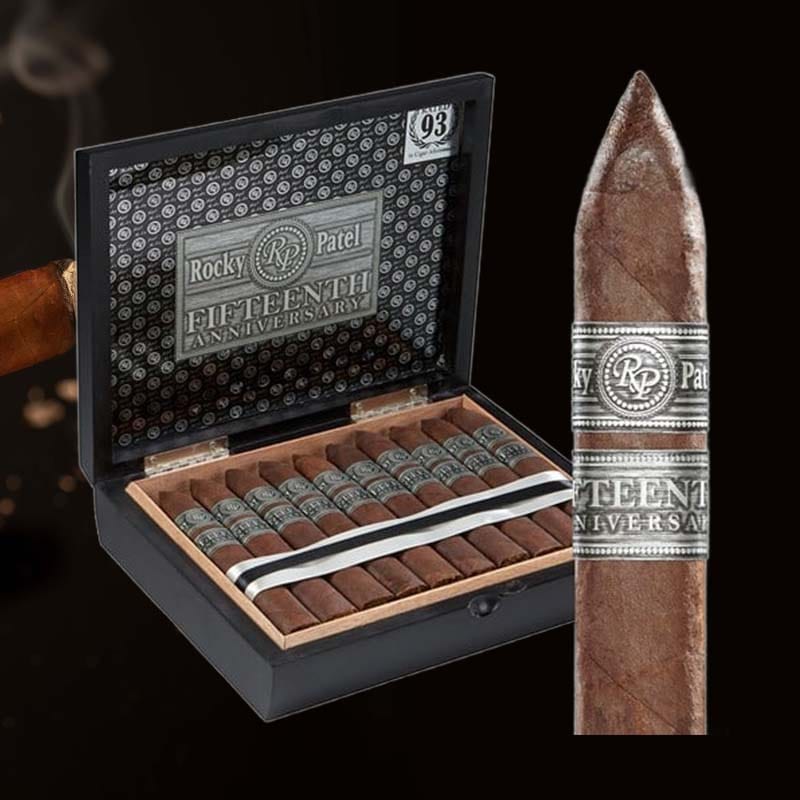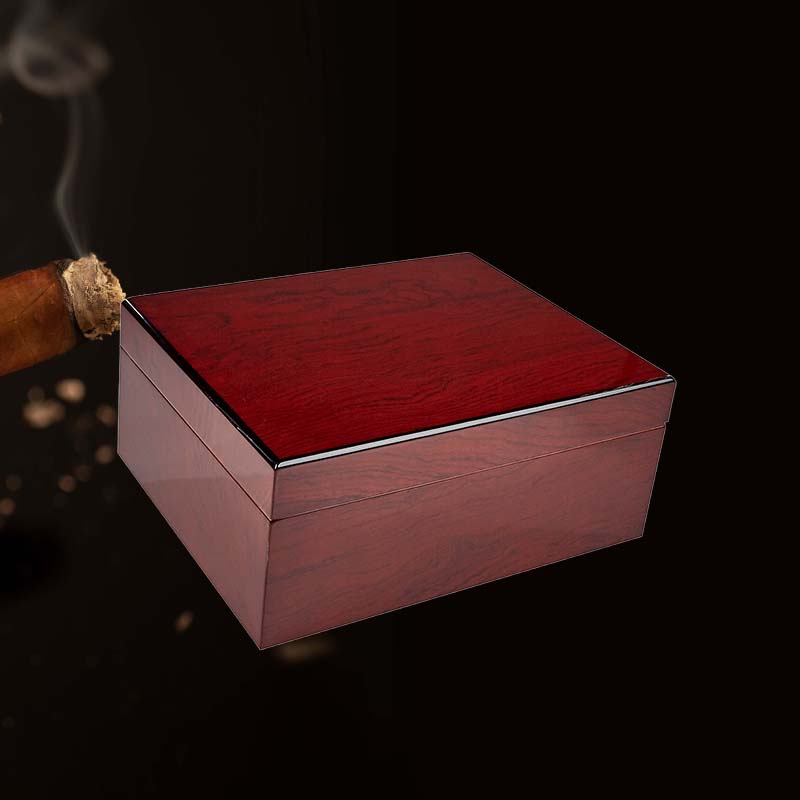Butane torch lighter repair
1. Introduction to Butane Torch Lighter Repair
Welcome to my adventure in the world of butane torch lighter repair! I still remember the day I found my trusted lighter sputtering and failing to ignite. It felt as if a companion had lost its spark — literally! Instead of tossing it aside, I decided to dive into the mechanics of this fascinating little device. In this guide, I want to share that journey with you, illustrating not just how to repair your lighter but also why it might just be worth it to keep it in action.
Why Repair Instead of Replace?
There are a few compelling reasons I discovered about choosing to repair rather than replace:
- Cost-Effective: Why spend money on a new one when a few adjustments can revive your torch?
- Sentimental Value: Every scratch and dent tells a story—it’s more than just a tool.
- Learning Experience: The process taught me about mechanisms, enhancing my appreciation for artisanal products.
2. Tools Required for Repair

Essential Tools You’ll Need
Equipping myself with the right tools made repair easier and more enjoyable:
- Small screwdriver set
- Compressed air canister
- Butane fuel
- Cotton swabs
- Soft cloth or paper towels
- Multimeter (optional for testing)
3. Diagnosing the Problem

Common Issues with Butane Torch Lighters
My journey began by identifying the problem. Here are some typical issues I encountered:
- Failure to ignite
- Flame that is too high or low
- Fuel leaks or inadequate fuel levels
- Clogged ignition mechanism
4. Opening Your Butane Torch Lighter

How to Access the Internal Components
Once I diagnosed the problem, I needed to get into that lighter. Here’s how to do it:
- Ensure the lighter is empty of butane.
- Use a screwdriver to carefully open the casing without damaging it.
- Take note of the placement of internal components so reassembly is easier.
5. Adjusting the Flame Settings
Steps to Proper Flame Adjustment
Flame issues were common in my repairs. Here’s how to adjust the settings:
- Locate the flame adjustment screw.
- Turn it clockwise to raise the flame or counterclockwise to lower it.
- Test the flame after each adjustment.
6. Checking the Fuel Levels

How to Assess and Refill Butane
Low fuel levels were a frequent culprit in my misfires. Here’s how I checked and refilled:
- Inspect the fuel window (if available).
- Refill with high-quality butane to ensure optimal function.
7. Inspecting the Ignition Mechanism
Testing and Troubleshooting the Spark
One day, my lighter just wouldn’t ignite. Here’s how to troubleshoot:
- Check the flint—replace it if worn.
- Examine the piezoelectric igniter for any signs of failure.
- Clean out any debris that might hinder ignition.
8. Cleaning the Internal Parts

Best Practices for Maintaining Your Lighter
Maintaining cleanliness became a ritual for me after repairs:
- Use compressed air to blow out any dust or particles.
- Wipe down surfaces with a soft cloth.
- Regularly clean the ignition area to prevent clogs.
9. Reassembling Your Lighter

Steps to Put Everything Back Together
Finally, reassembly felt like restoring a lost masterpiece:
- Refer to your earlier notes or photos for guidance.
- Carefully place each component back into the lighter.
- Screw everything tightly, ensuring a good seal.
10. Testing Your Repaired Lighter

How to Ensure Everything Works Properly
After all that work, it was time for the moment of truth:
- Refill with butane (if needed).
- Test the lighter outdoors, away from flammable materials.
- Adjust the flame and ensure a clean, steady burn.
11. Tips for Long-Term Maintenance
Ensuring Longevity of Your Butane Torch Lighter
Proper maintenance has kept my lighter in great shape:
- Store in a cool, dry place.
- Refill butane when fuel is low.
- Regularly inspect for wear and tear.
12. Troubleshooting Common Problems After Repair

What to Do If It Doesn’t Work
Things may not always go as planned. In case of issues:
- Recheck the flame settings.
- Ensure there’s enough butane in the tank.
- Examine ignition again for clogs or failures.
13. When to Seek Professional Help
Identifying Issues Beyond DIY Repair
Sometimes, things are best left to the pros. Here are some red flags:
- Persistent fuel leaks that do not resolve.
- Irreparable ignition issues beyond flint replacement.
14. Additional Resources

Where to Find Repair Kits and Parts
I found several places for quality repair kits:
- Online retailers like Amazon and specialized stores.
- Local cigar shops often carry lighter accessories.
15. Frequently Asked Questions

Common Inquiries About Butane Torch Repair
If you’re wondering how to fix your butane torch lighter, you’re not alone. Here are some common questions:
How to fix a butane lighter that won’t light?

Ensure there’s sufficient butane, clean the ignition area, and inspect the flint for wear.
Why is my torch lighter not releasing butane?
Check for blockages or malfunctions in the valve; it may require cleaning or replacement.
Why is my butane torch not igniting?

Common reasons include a clogged ignition system or empty fuel tank; inspect both areas.
How to fix a clogged butane lighter?
Use compressed air to clear debris and ensure the fuel flow is unobstructed.





